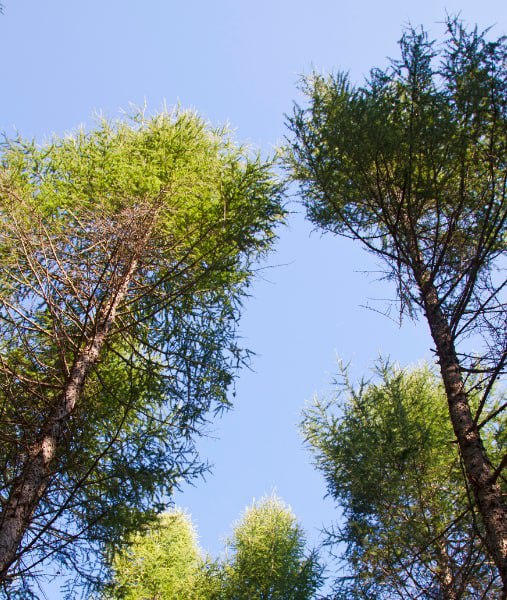
Introduction: Tree crown reduction is a delicate art form that requires skill and knowledge to execute effectively. While it may seem like a straightforward task of trimming branches, there is a science behind the process that governs how trees respond to pruning. At Faversham Tree Surgeons, we’re passionate about understanding the intricacies of tree care, including the scientific principles behind crown reduction techniques. In this blog post, we’ll delve into the science behind tree crown reduction and how it influences the health and growth of trees.
Understanding Tree Growth Patterns:
Before delving into crown reduction techniques, it’s essential to understand how trees grow and develop. Trees exhibit apical dominance, meaning that the terminal bud at the top of the tree produces hormones that suppress the growth of lateral buds along the branches. This results in a pyramidal or conical shape known as the natural growth habit.
The Role of Hormones in Crown Reduction:
Arborists must consider the tree’s hormonal response when pruning branches during crown reduction. By selectively removing branches, particularly those with terminal buds, arborists can disrupt the tree’s hormonal balance, stimulating the growth of lateral buds and encouraging branching in desired areas. This process is known as apical control and is crucial for shaping the tree’s canopy and promoting balanced growth.
Understanding Branch Collar and Bark Ridge:
Another essential aspect of crown reduction is understanding tree anatomy, particularly the branch collar and bark ridge. The branch collar is the swollen area where the branch meets the trunk, containing specialised cells responsible for wound closure and healing. The bark ridge is the raised ridge of bark that forms between the branch and the trunk. When pruning branches, it’s essential to make cuts just outside the branch collar and bark ridge to promote proper healing and minimise the risk of disease or decay.
Principles of Crown Reduction Techniques:
Several key principles govern effective crown reduction techniques:
- Selective Pruning: Crown reduction involves selectively removing specific branches to reduce the overall size and density of the canopy while maintaining the tree’s natural shape and structure.
- Strategic Cuts: Cuts should be made just outside the branch collar and bark ridge to promote proper healing and minimise the risk of disease or decay.
- Balance and Proportion: Arborists must maintain balance and proportion when pruning the crown to ensure the tree remains aesthetically pleasing and structurally sound.
- Timing: Crown reduction is best performed during the dormant season when the tree is not actively growing, minimising stress and promoting faster healing.
Conclusion: Tree crown reduction is a nuanced process that requires a deep understanding of tree biology and physiology. By applying scientific principles and techniques, arborists can effectively manage tree growth, improve tree health, and enhance the overall appearance of trees.
Call us on: 01795 718991
Click here to find out more about Faversham Tree Surgeons
Click here to complete our contact form and see how we can help with your tree’s needs.